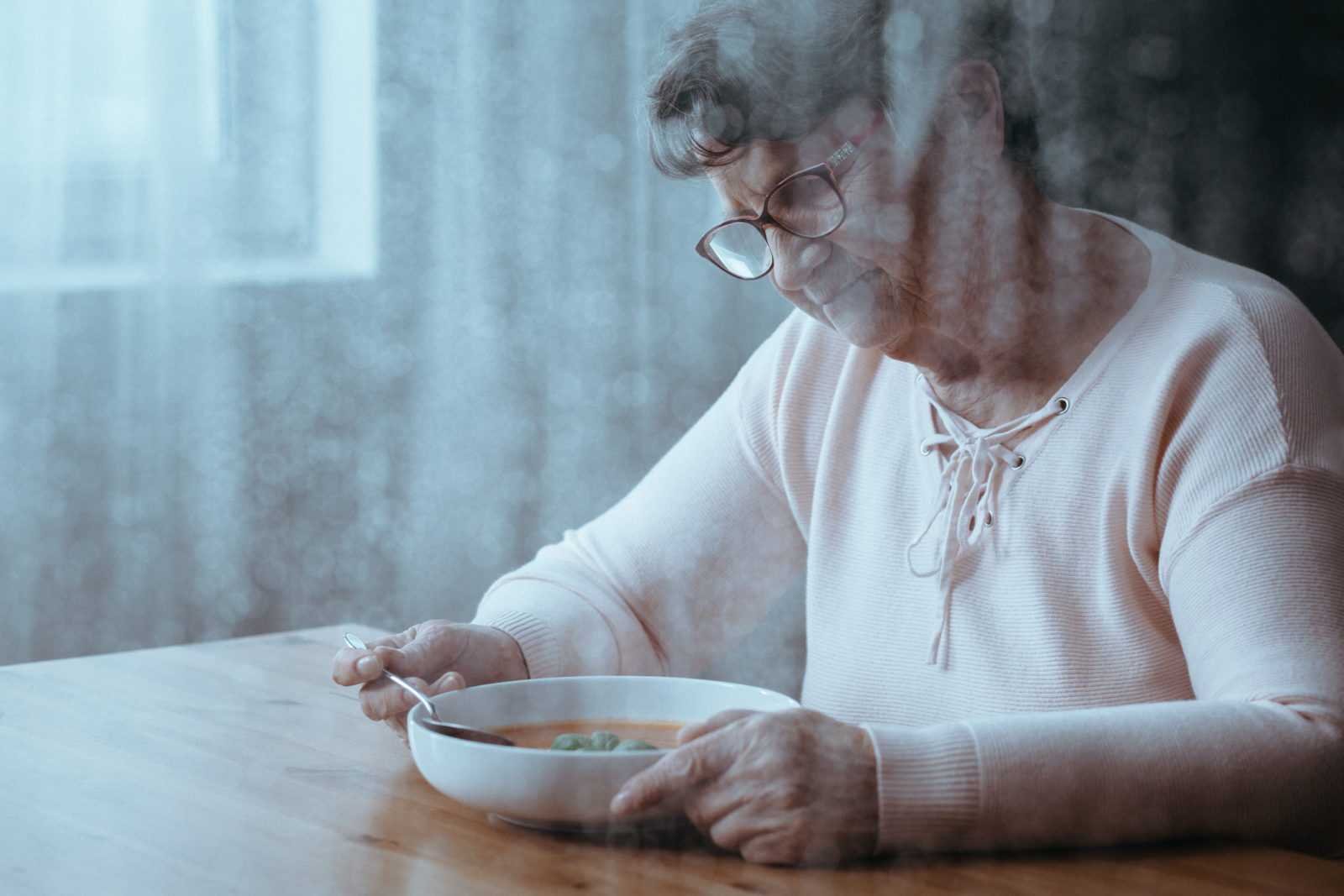Anne Sansevero Discusses Seasonal Affective Disorder

Seasonal Affective Disorder (SAD) is a type of depression that correlates to the change of seasons – most commonly when sunshine and warmth may be hard to find. New York can be bitter, cold and dark during the winter months, making it a place where SAD may be more common. Anne Sansevero, CEO of Health Sense, recently sat down with the New York Aging Life Care Association to discuss the condition and ways to combat it.
ALCA: How common are the “winter blues”/SAD among your clients? What are symptoms to look for?
Anne: SAD is a common disorder affecting 1-2% of the population. Those who live in northern hemisphere countries, where exposure to light during the winter months is considerably shorter, are more at risk. In my client population, the “older old,” aged 80-100, can have an increased incidence of SAD because they have a higher likelihood of having mobility impairments which keeps them in their homes.
SAD is linked to the lack of exposure to natural light. The body needs light to regulate our internal clock and circadian rhythm. Reduced levels of sunlight cause a decline in our bodies serotonin and melatonin levels. These are neurotransmitters that regulate our mood and sleep. Lower levels of these key neurotransmitters can directly affect our mood and sleep cycles, leading to depression.
Cold weather can be a contributing factor to SAD because seniors are more sensitive to lower temperatures and therefore less likely to engage in community events which leads to social isolation. Cognitively impaired elders may find the task of dressing in layers during cold spells to be a challenge and the that task alone can be so daunting that they tend to stay indoors.
ALCA: How can we differentiate between SAD and depression in a loved one?
Anne: SAD tends to occur in cycles at the same time each year usually in winter making it different from depression which is not seasonal. If efforts are made to increase light exposure either naturally or using phototherapy with SAD lamps and you see a positive response in mood, then it is probably SAD. A lack of exposure to sunlight can also lead to Vitamin D deficiency which affects calcium absorption so taking Vitamin D supplements may be helpful until you can get more exposure to sunlight.
ALCA: You’ve already mentioned some useful ways to combat SAD. Can you think of other helpful tips?
Anne: I prefer to try non-pharmacological methods first, and then delve into other solutions if they are not effective. Phototherapy can be tried using light therapy boxes. During light therapy, you sit or work near a device called a light therapy box. The box emits a bright light that mimics natural outdoor light. Thirty minutes a day is usually recommended and the brighter the light, the quicker it may work. Sometimes results are noted in a matter of days. Efforts can also be made to increase socialization opportunities. Connecting seniors with children, especially toddlers can often be a great match! Pet therapy can be another way to combat loneliness. Music can be an incredible powerful mood elevator, especially music that reminds seniors of a time or event in their past. Music and tunes that they loved when they were in their 20s or 30s has the potential to bring back memories of happiness and excitement.
If none of these measures are effective and the symptoms continue to persist, then further evaluation to see if the individual is suffering from a depressive disorder is indicated and a referral should be made to an appropriate mental health provider. Psychotherapy may help and antidepressants may be prescribed to help with a persistent mood disorder.
I want to emphasize that SAD shouldn’t be brushed aside, especially this time of year! Recognizing the sign and symptoms and starting interventions early can promote happiness and a higher quality of life for seniors and their families.
Written by Anne Sansevero
![HealthSense [logo]](https://www.health-sense.org/wp-content/uploads/sites/242/2017/02/logoNEW.png)